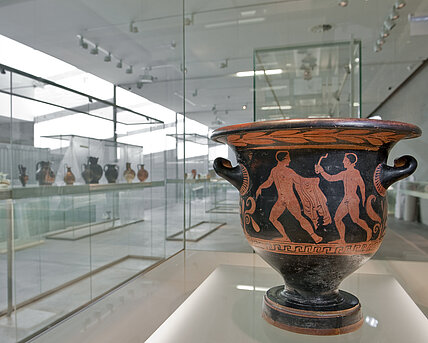Visitors of the Alte Galerie experience five-hundred years of European history as reflected by art and cultural history: In seven display rooms, outstanding examples of Gothic art testify to the religious faith of the Middle Ages; in fifteen redesigned themed rooms, masterpieces created in the Renaissance and Baroque periods bring to life the misery and splendour of the early modern period. A constantly changing selection of precious hand drawings and prints from the Graphic Collection enriches the permanent exhibition through its use of complementary themes.



















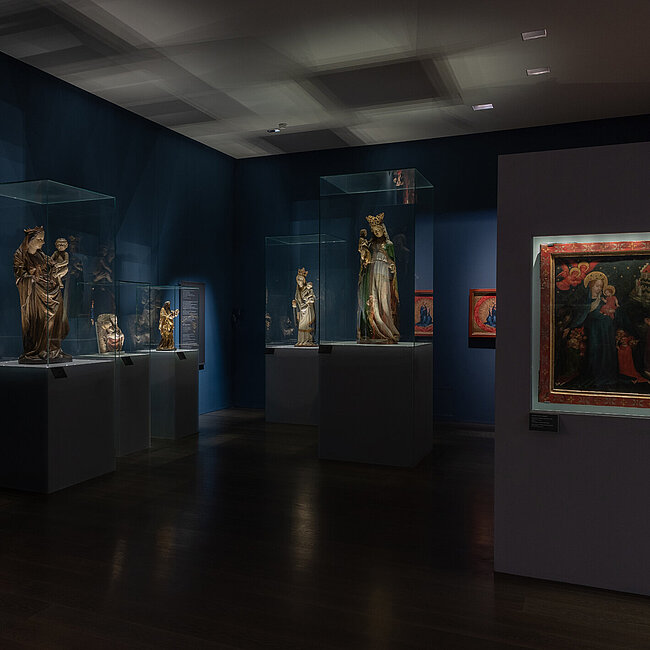
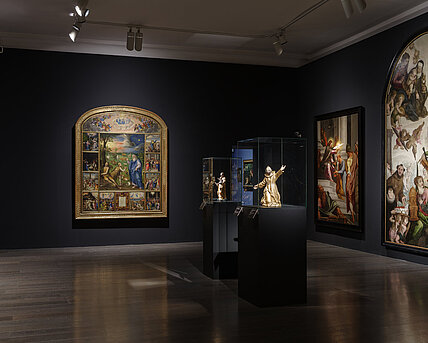
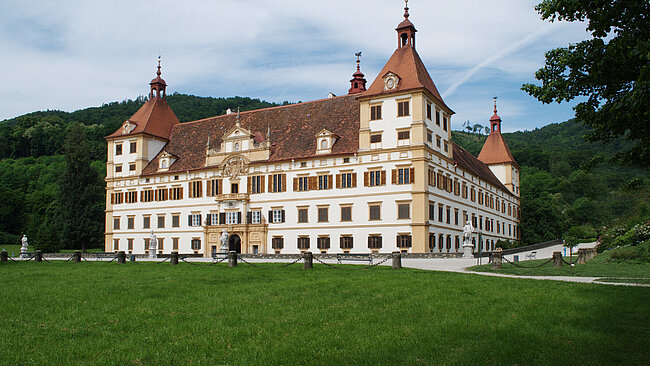
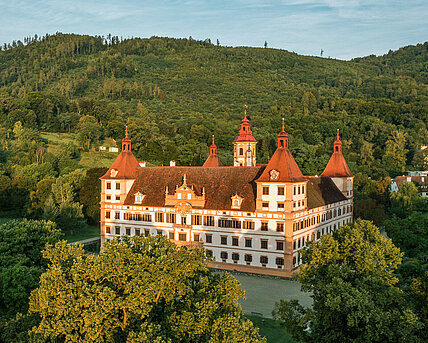
![Exhibition view of the Coin Cabinet [Translate to English:] Ansicht Dauerausstellung Münzkabinett Schloss Eggenberg](/fileadmin/_processed_/0/1/csm_Muenzkabinett_Dauerausstellung_2023_05_e38c9122e2.jpg)
